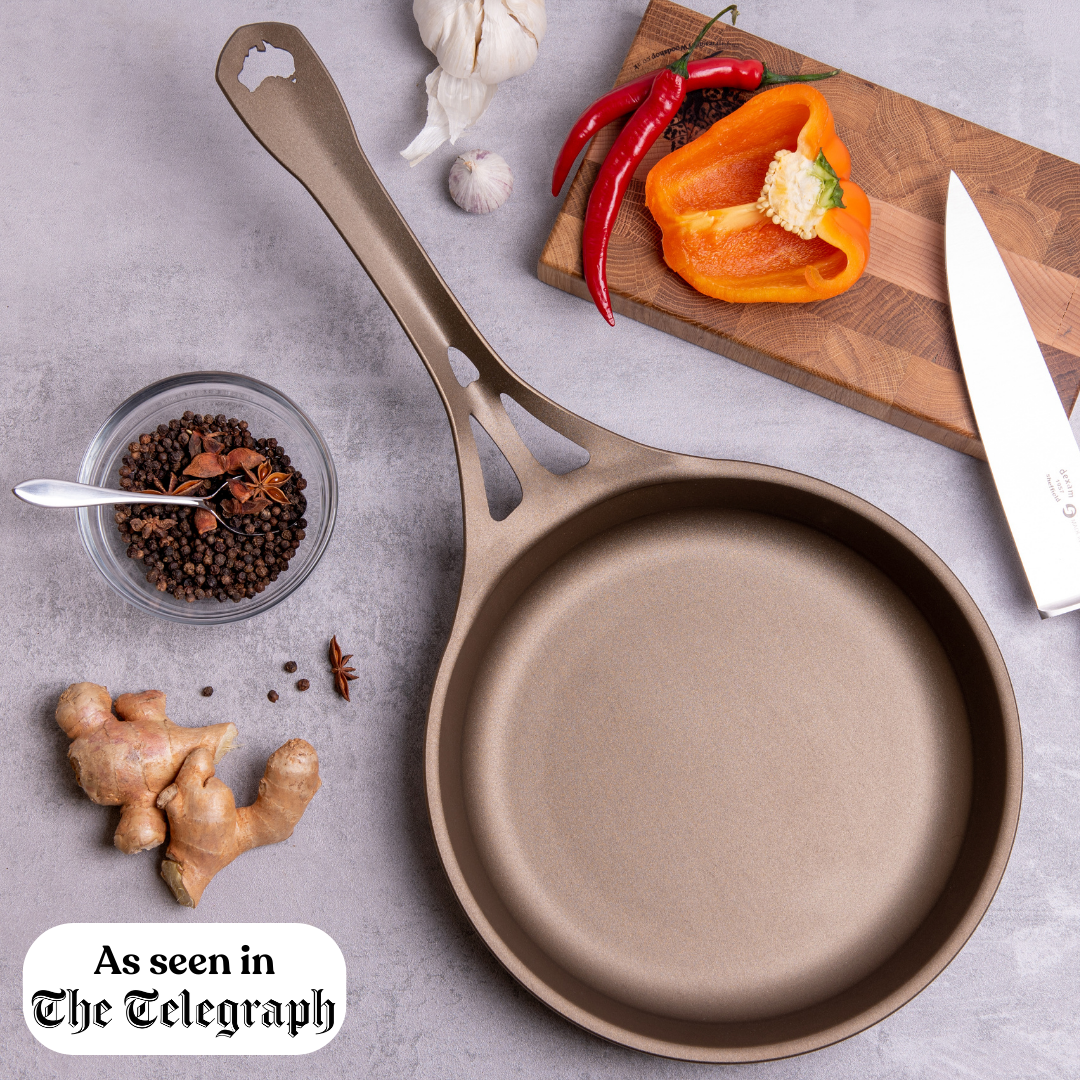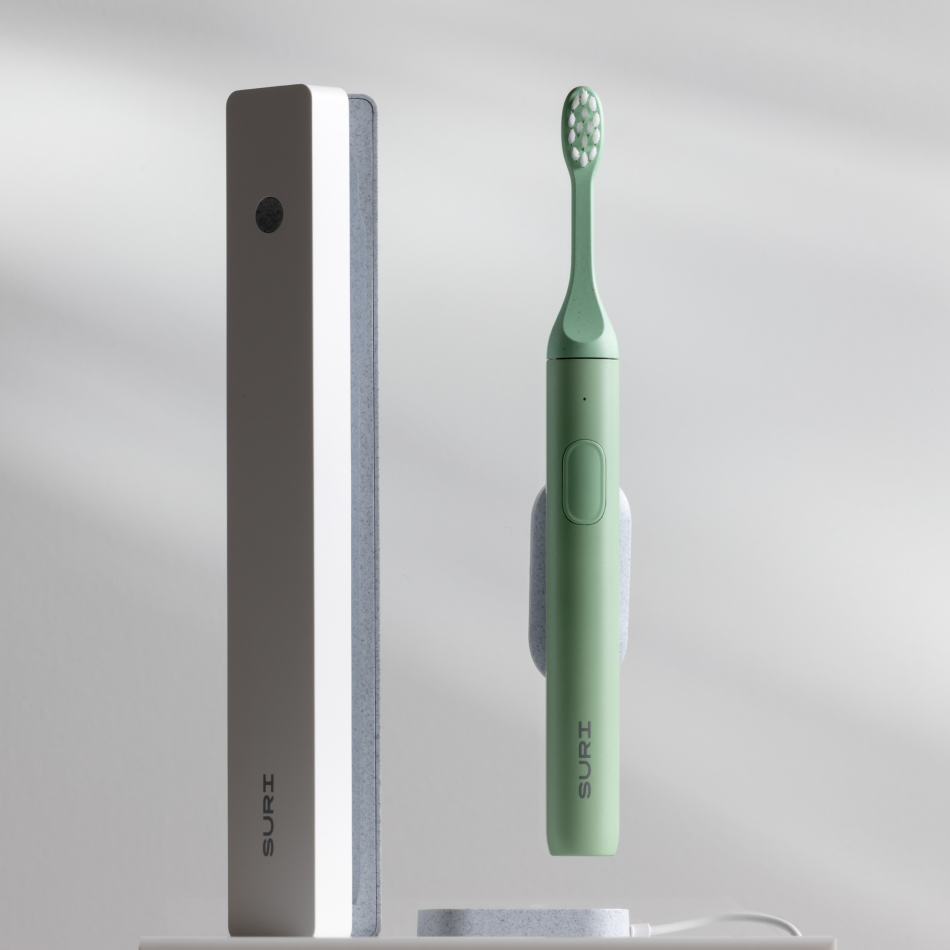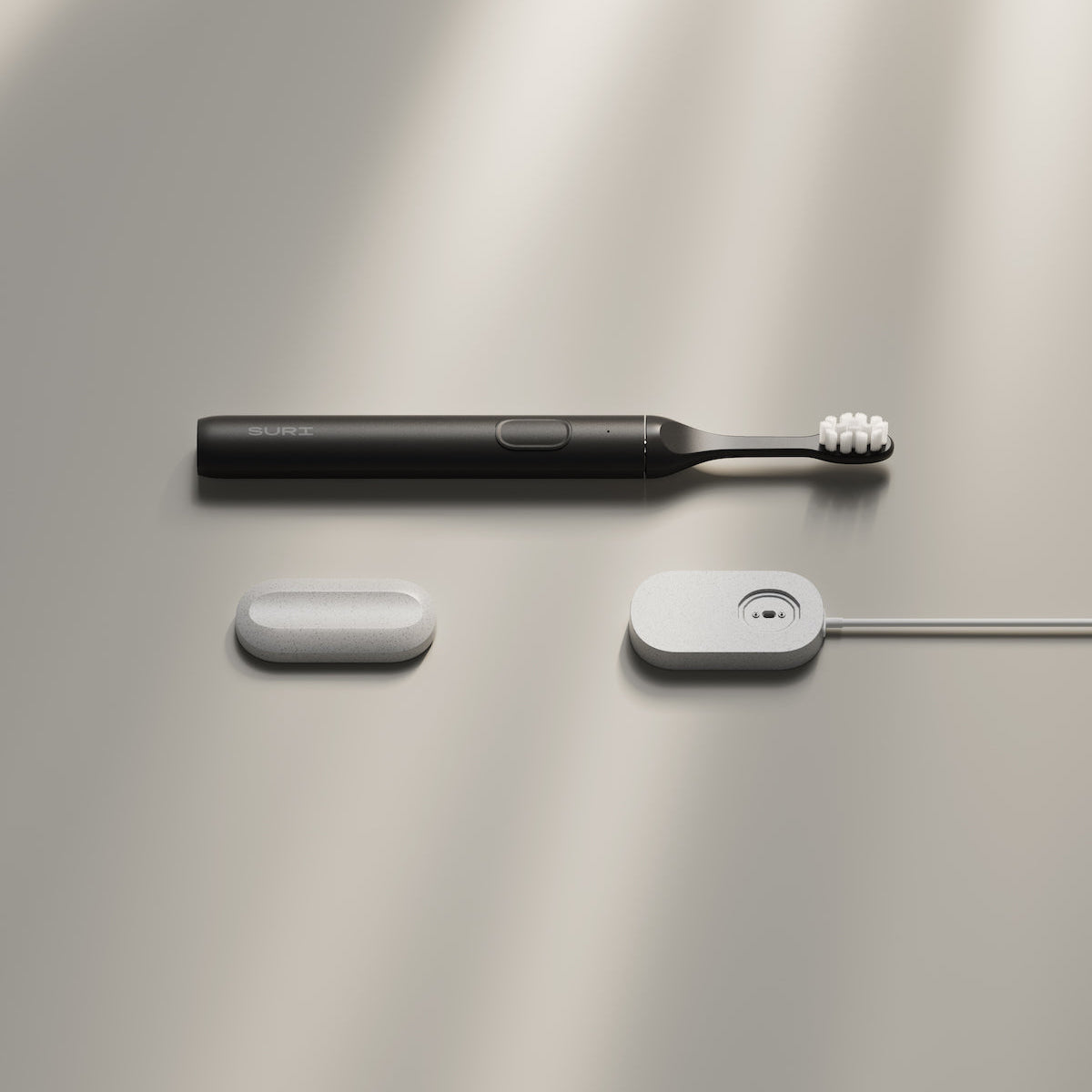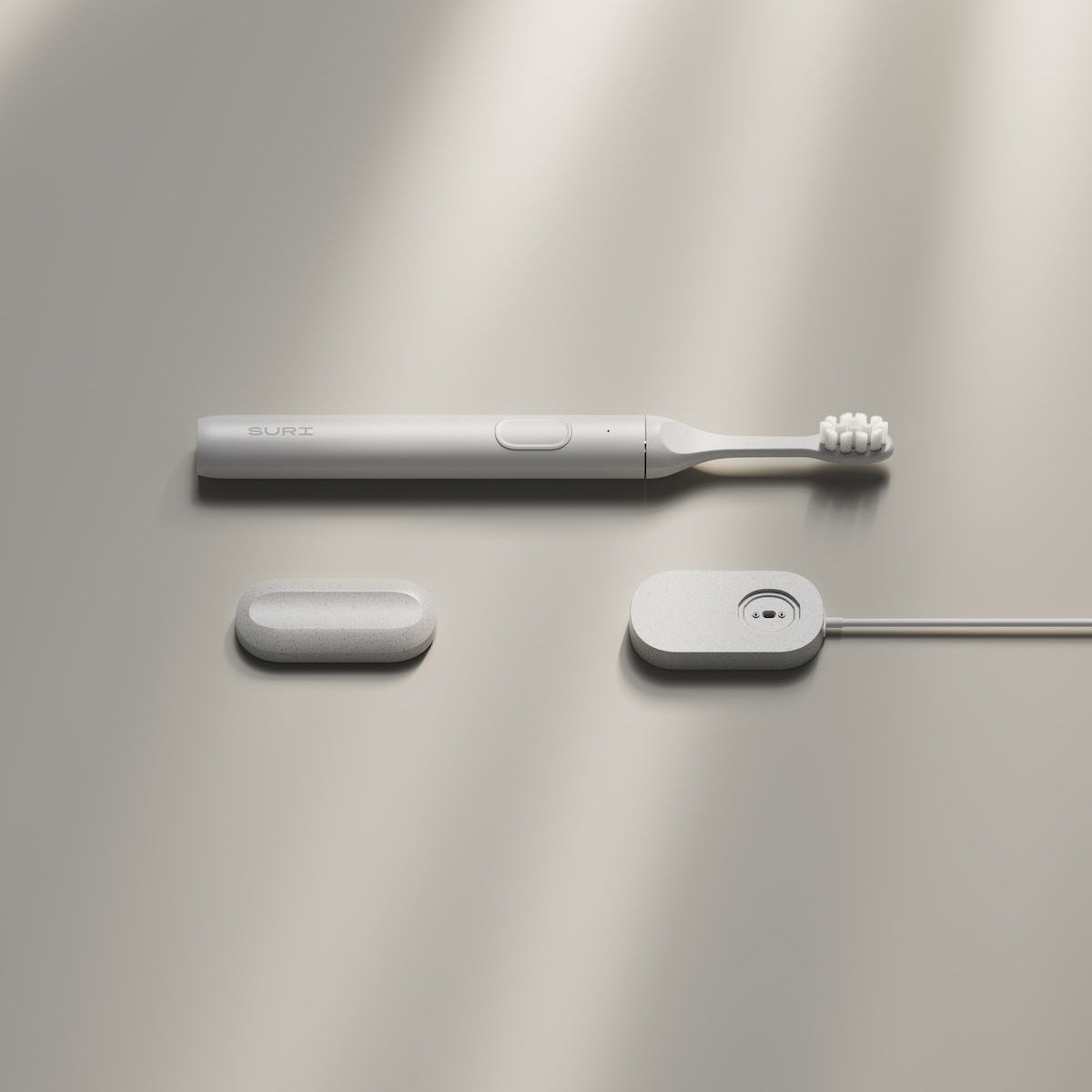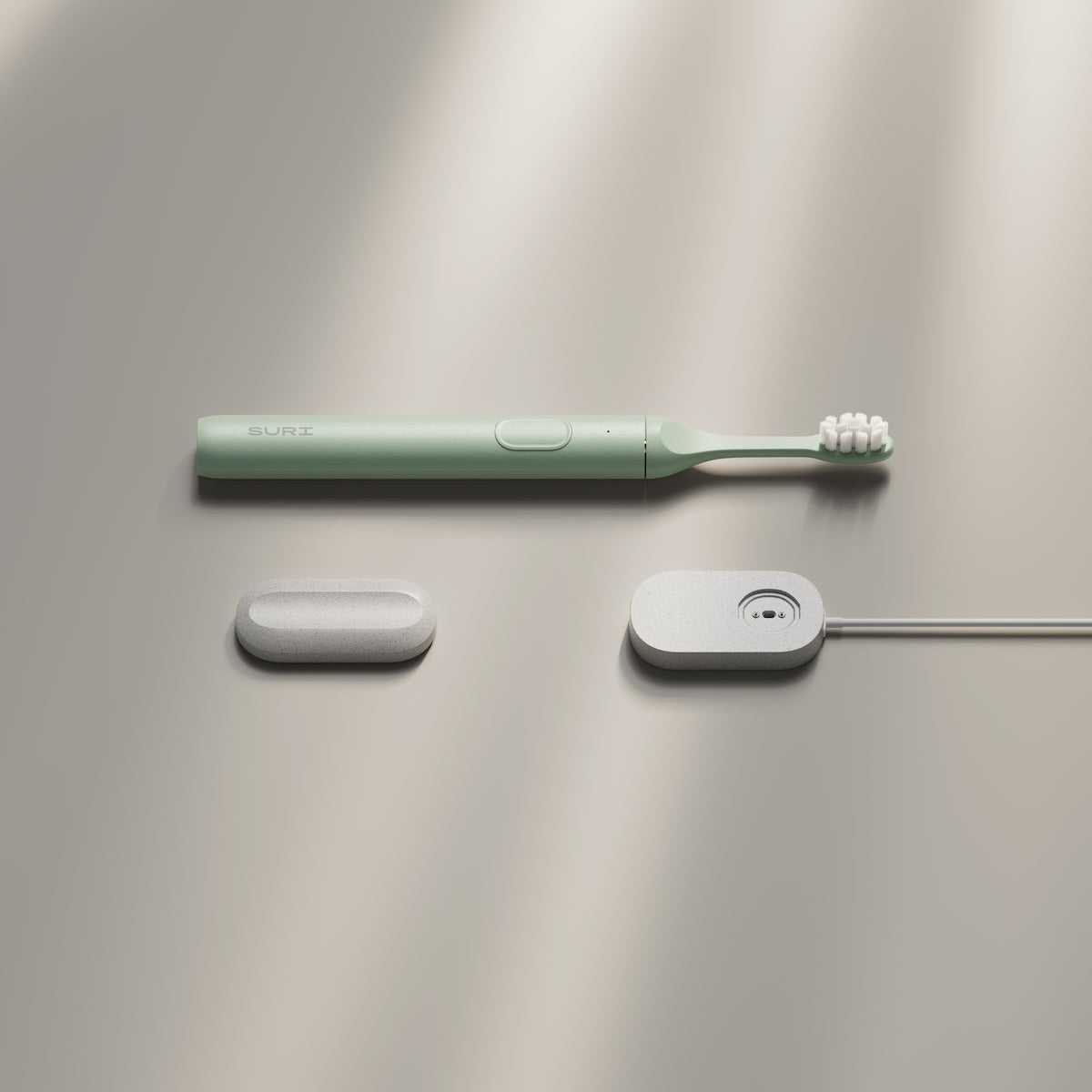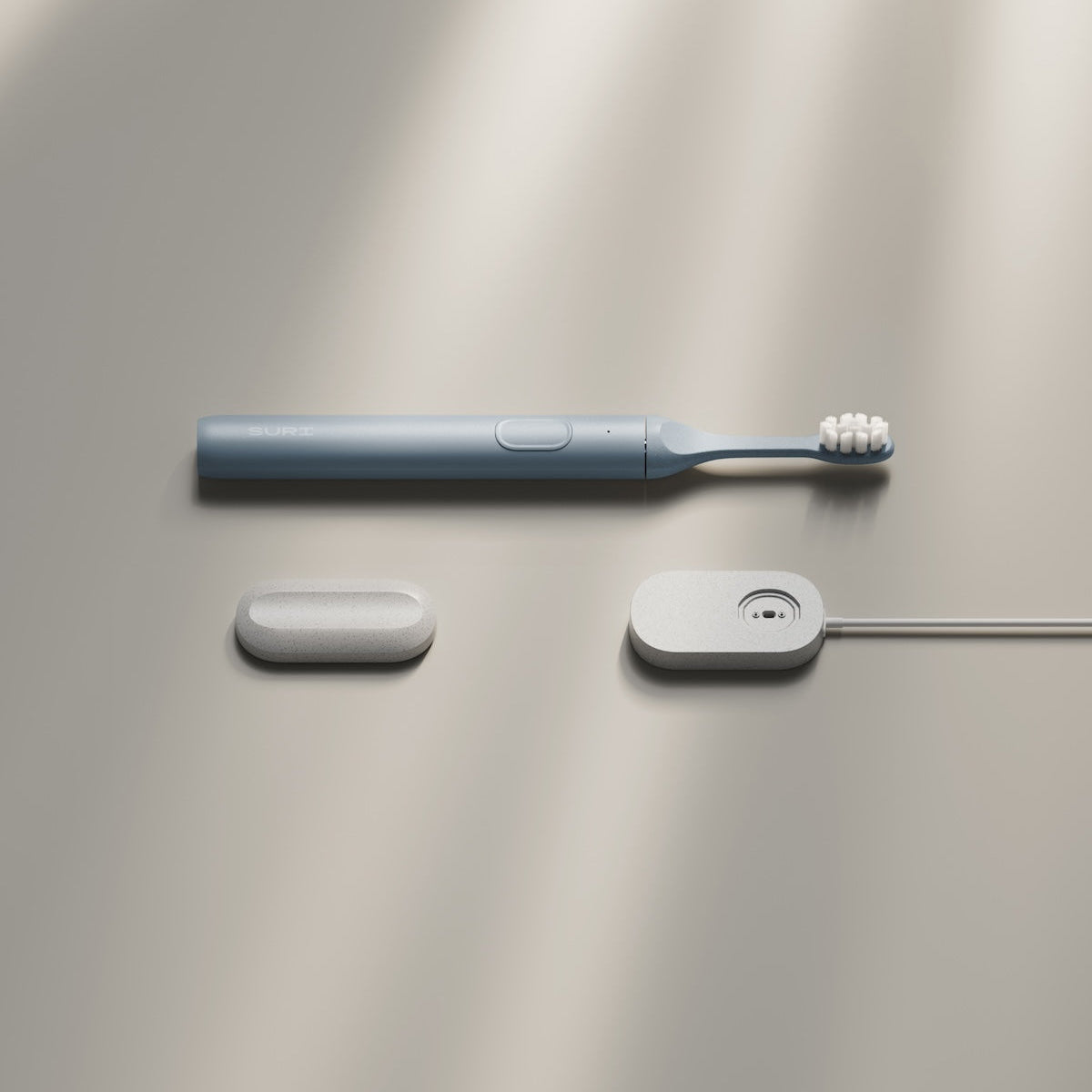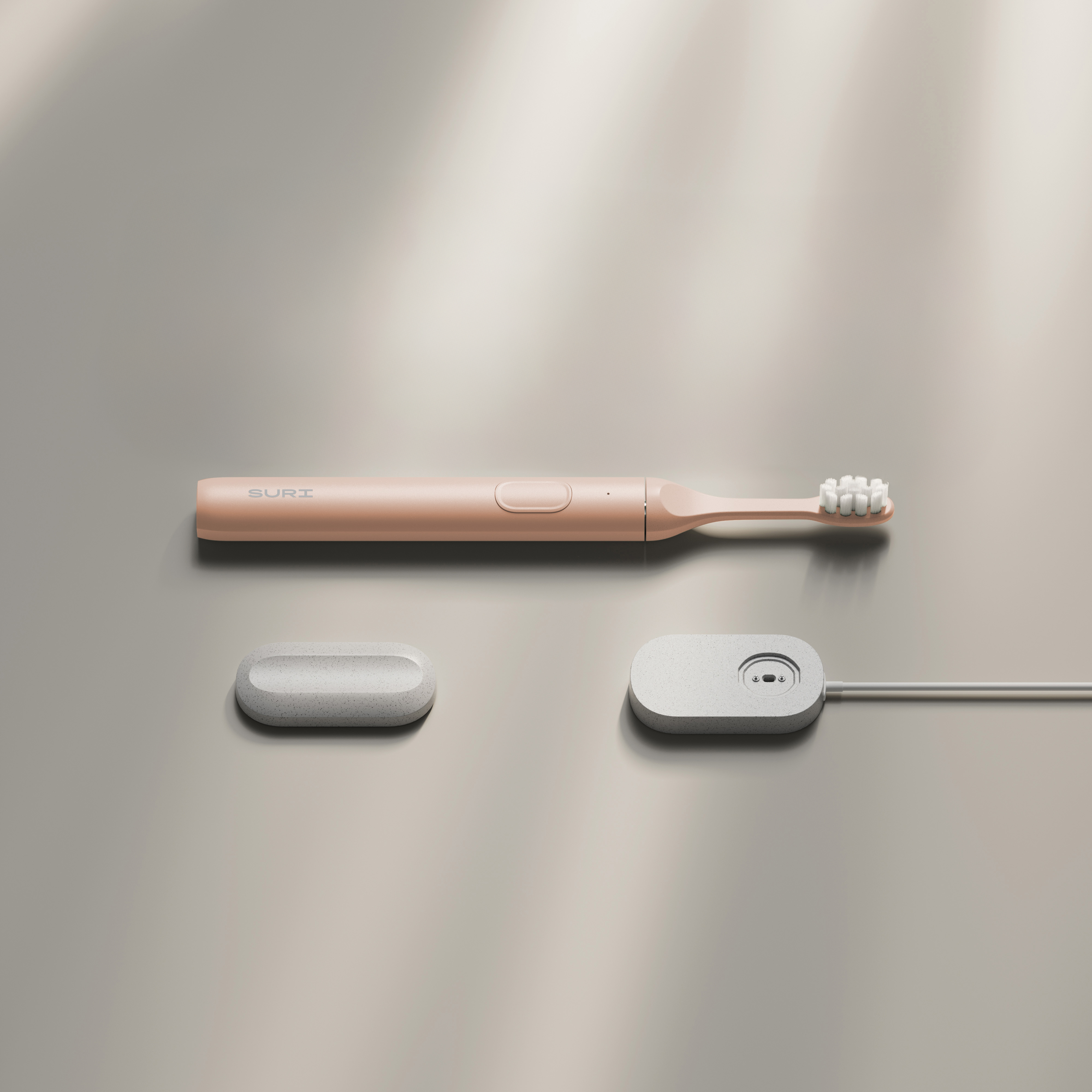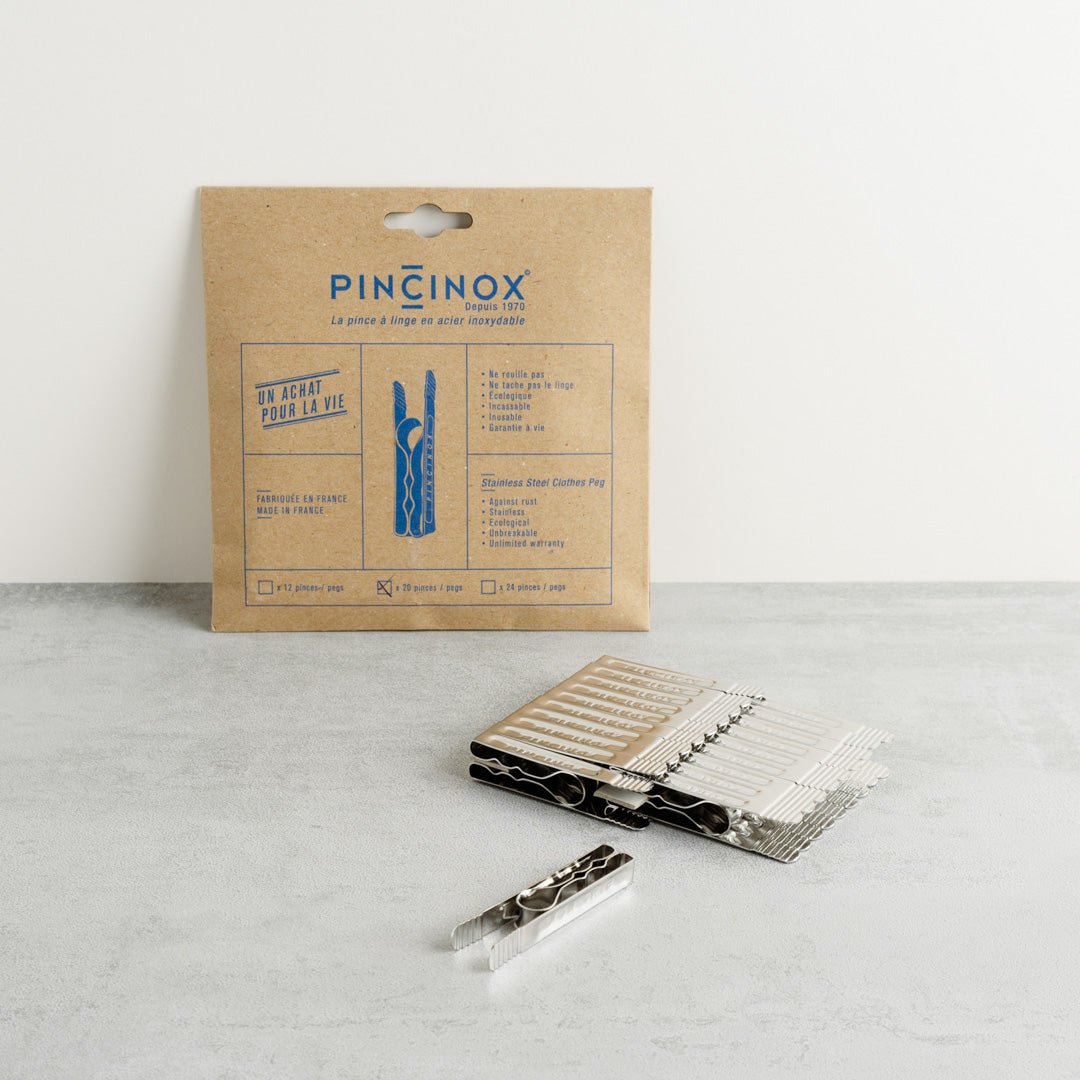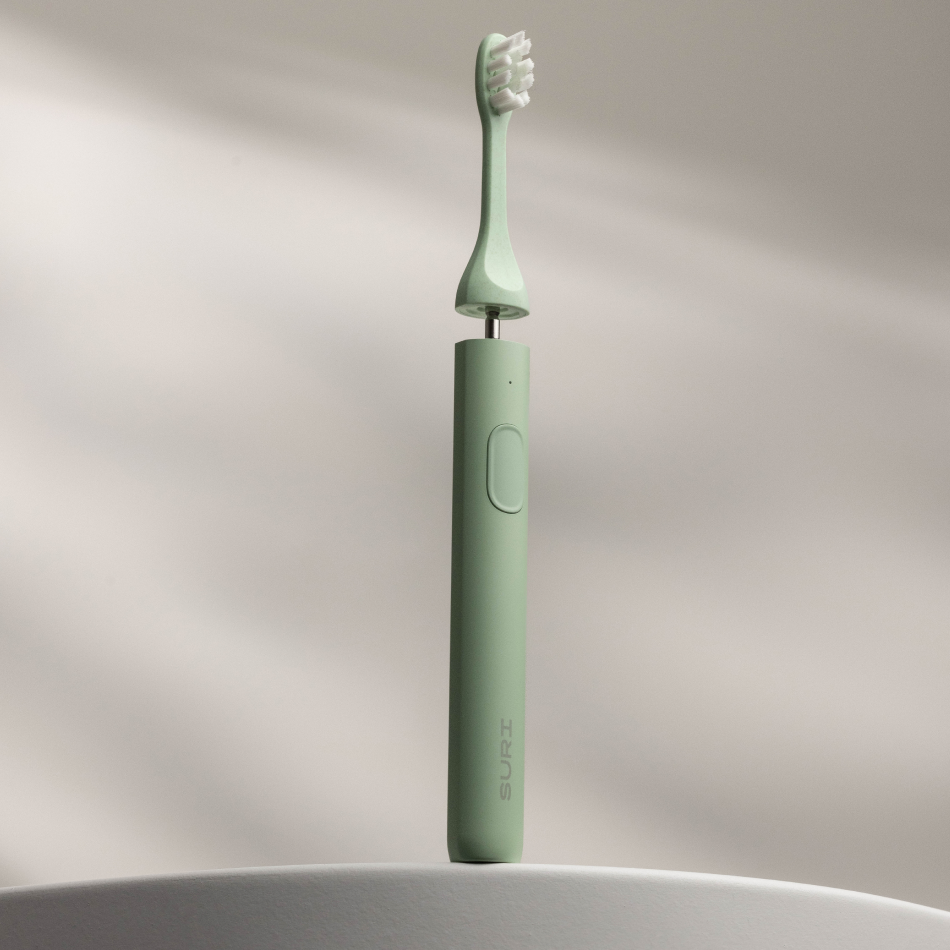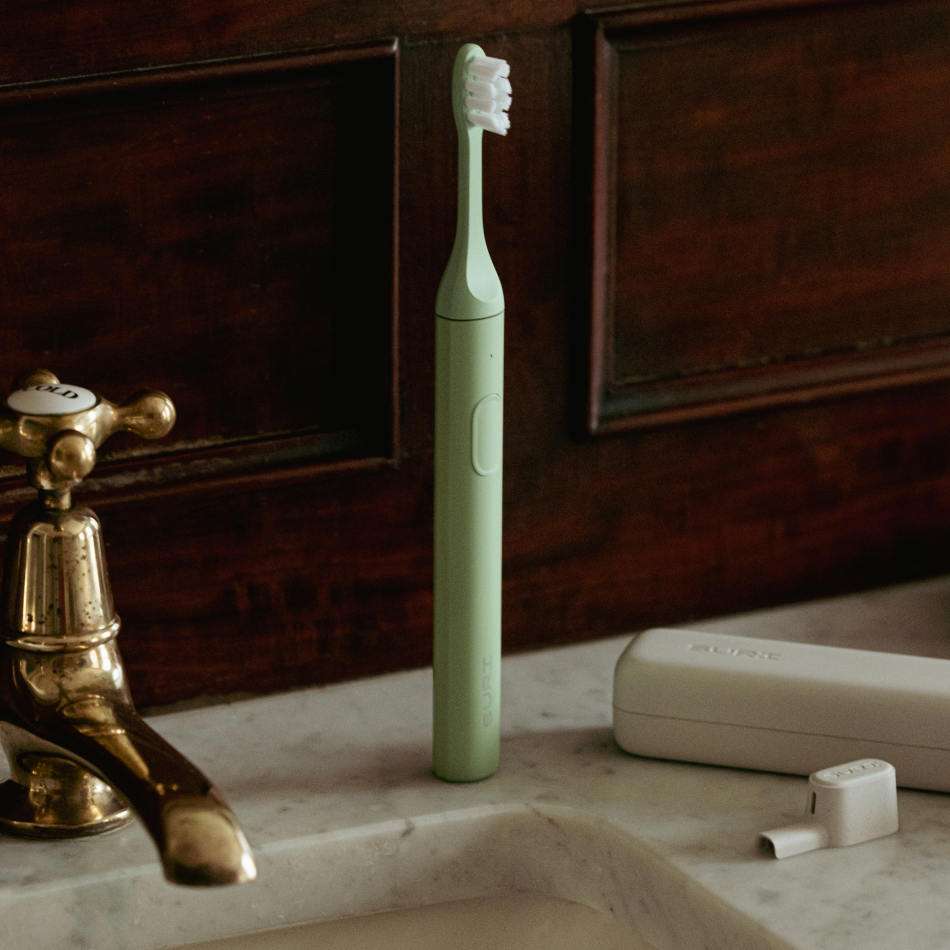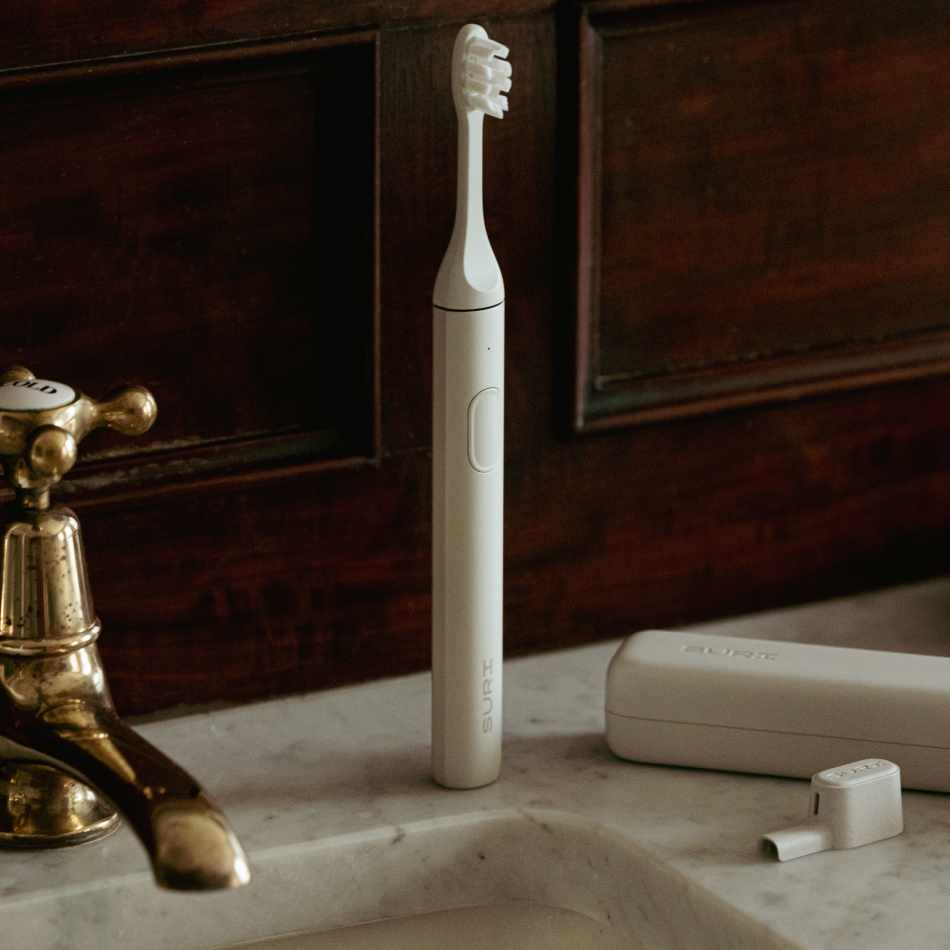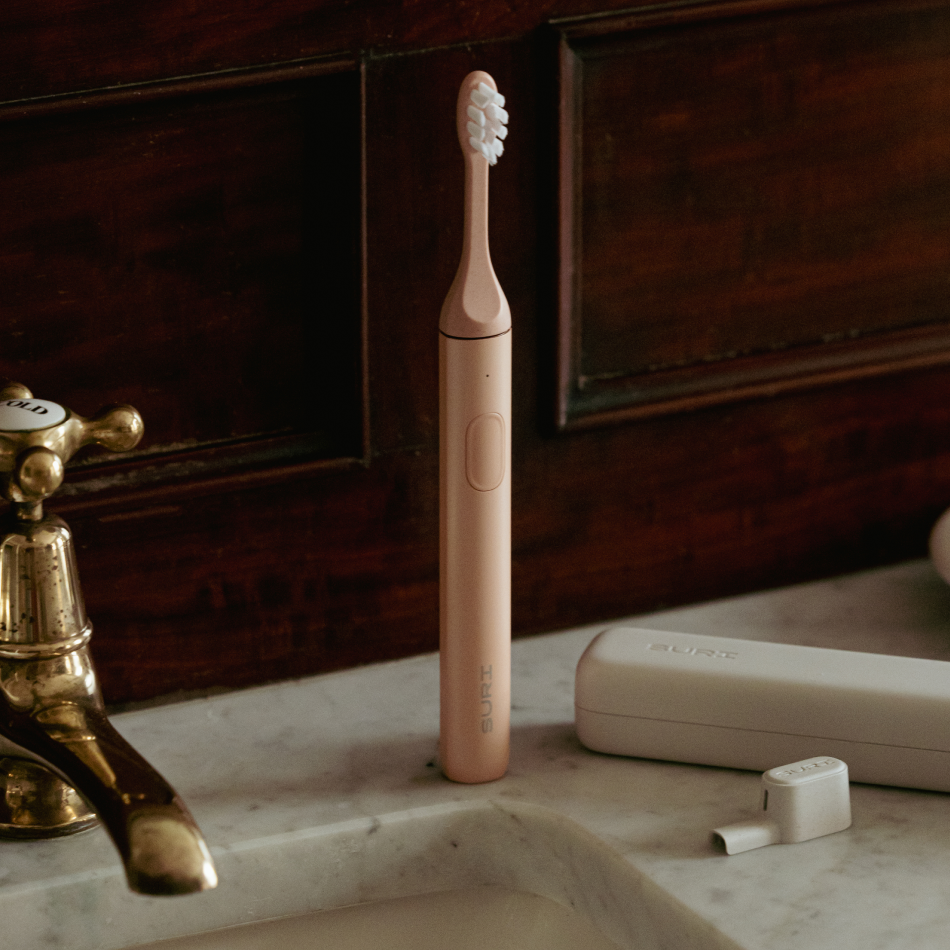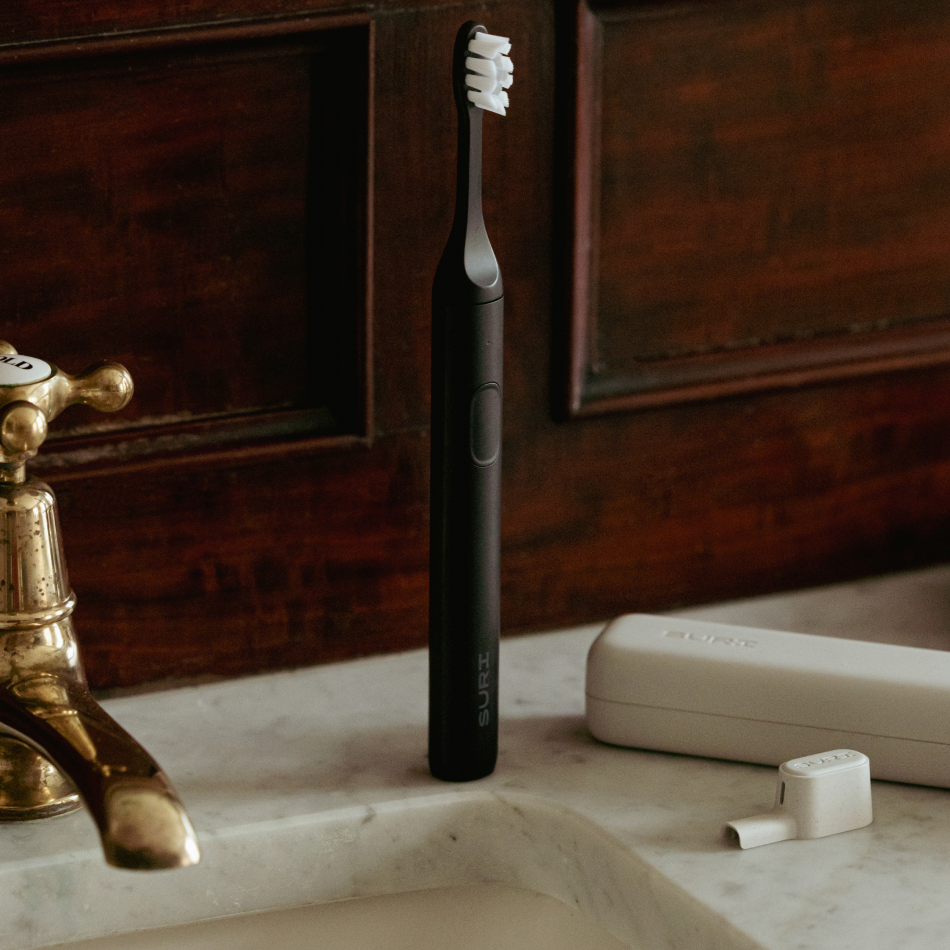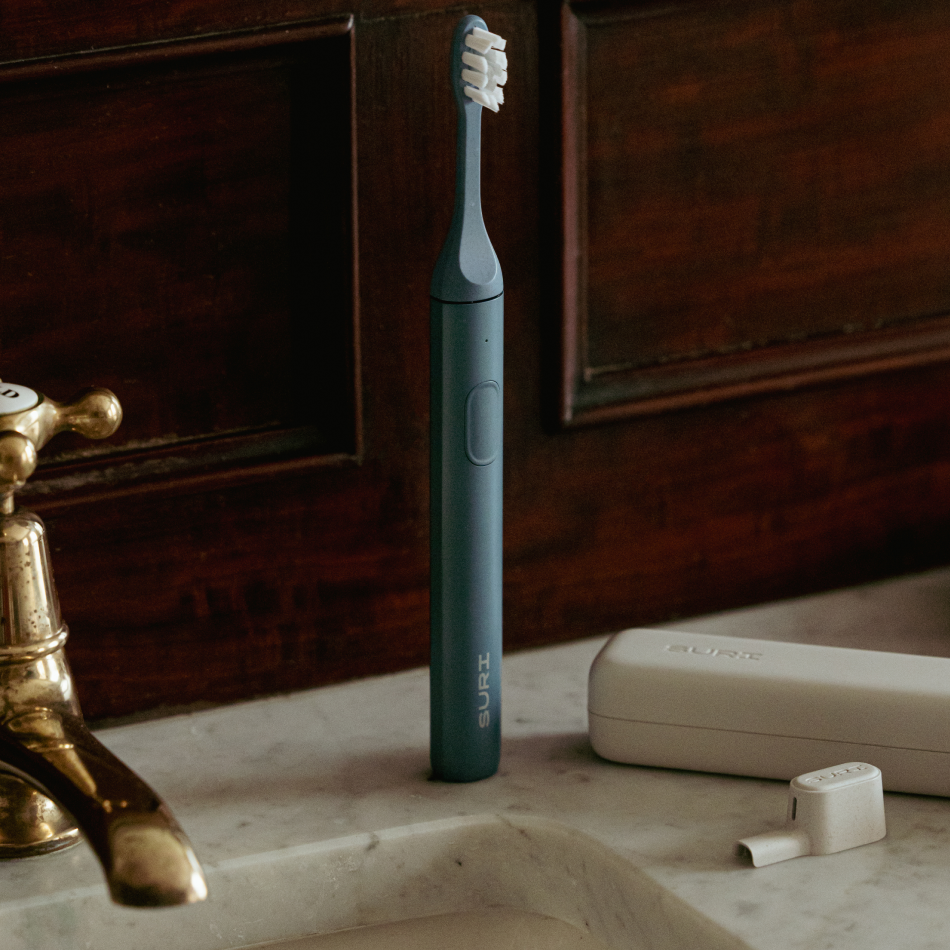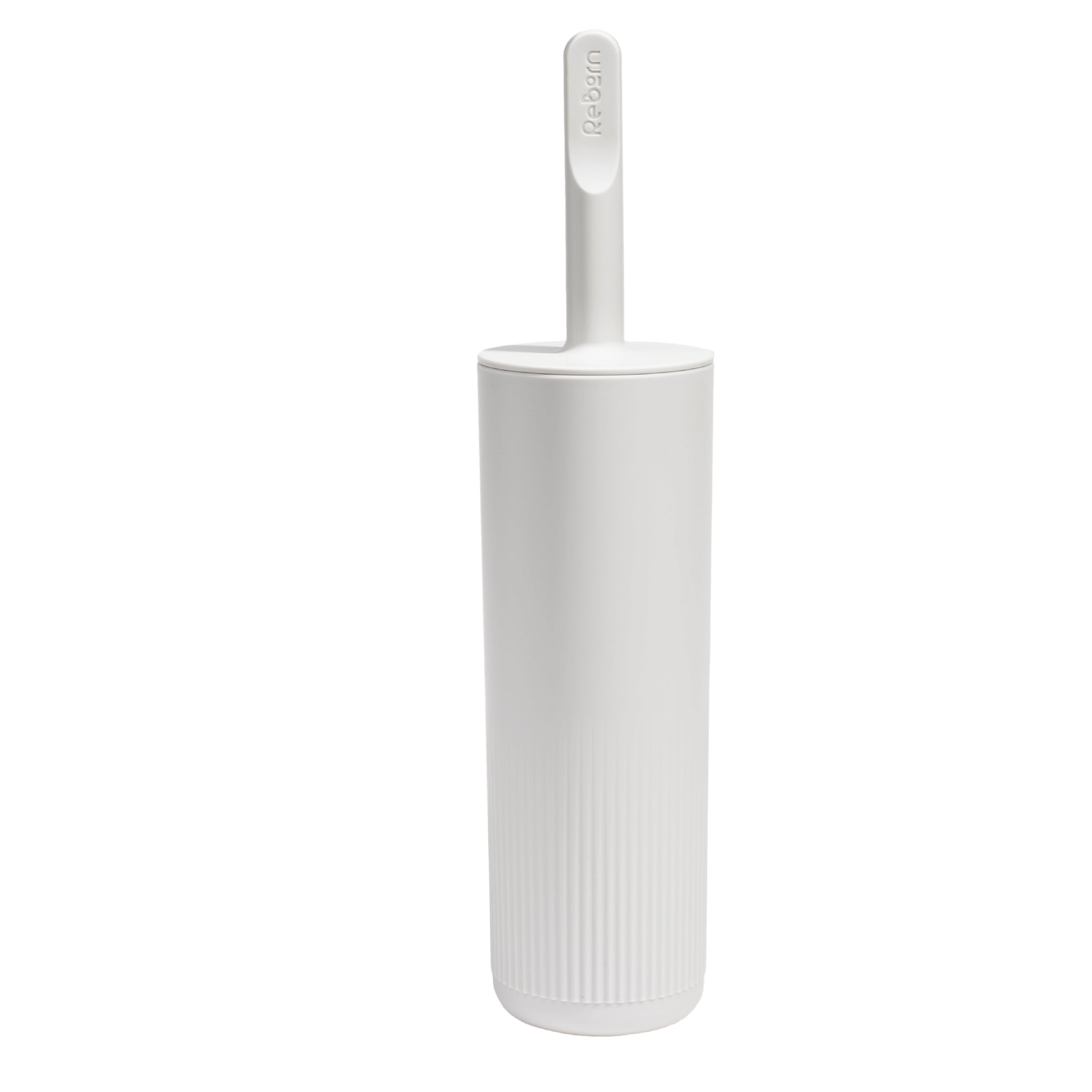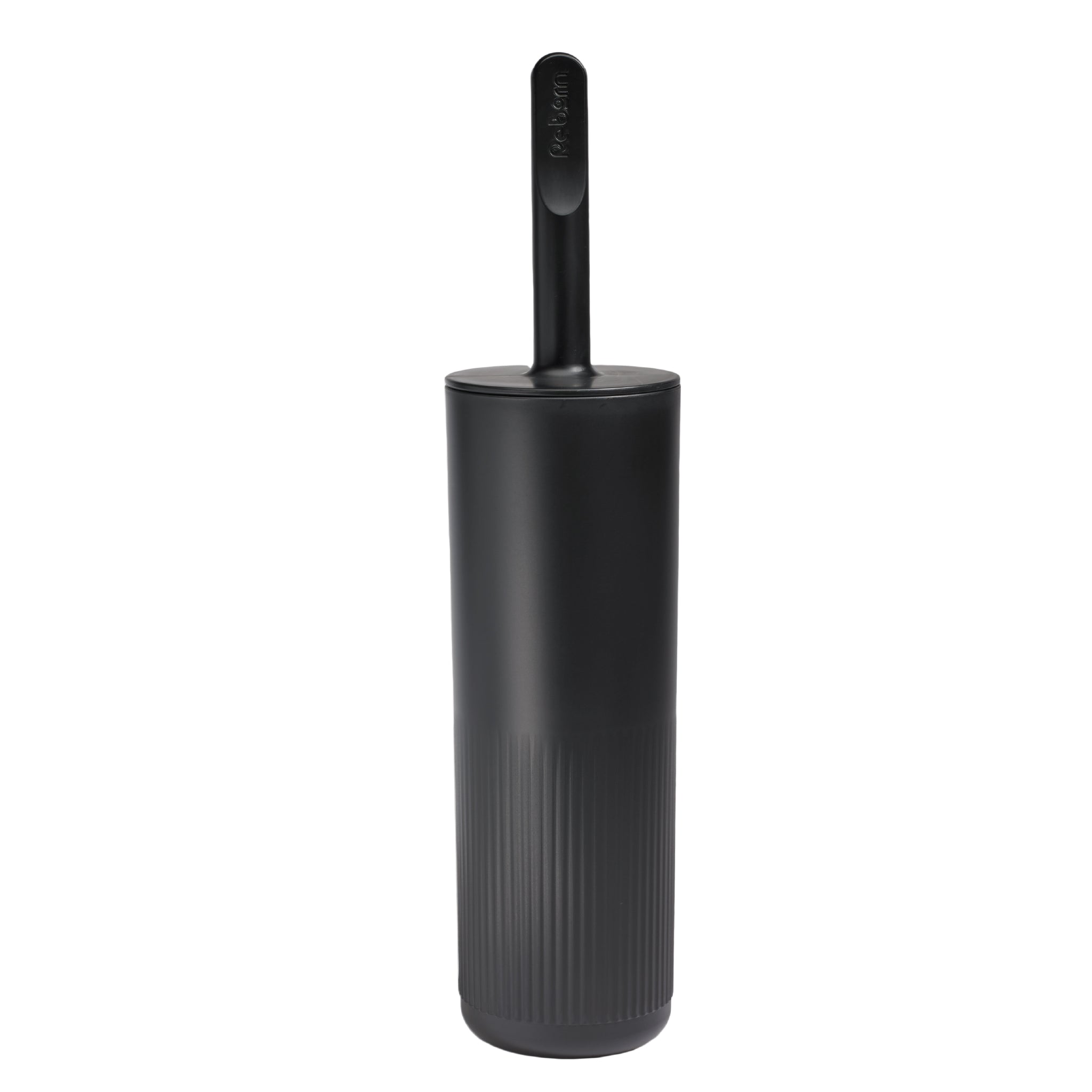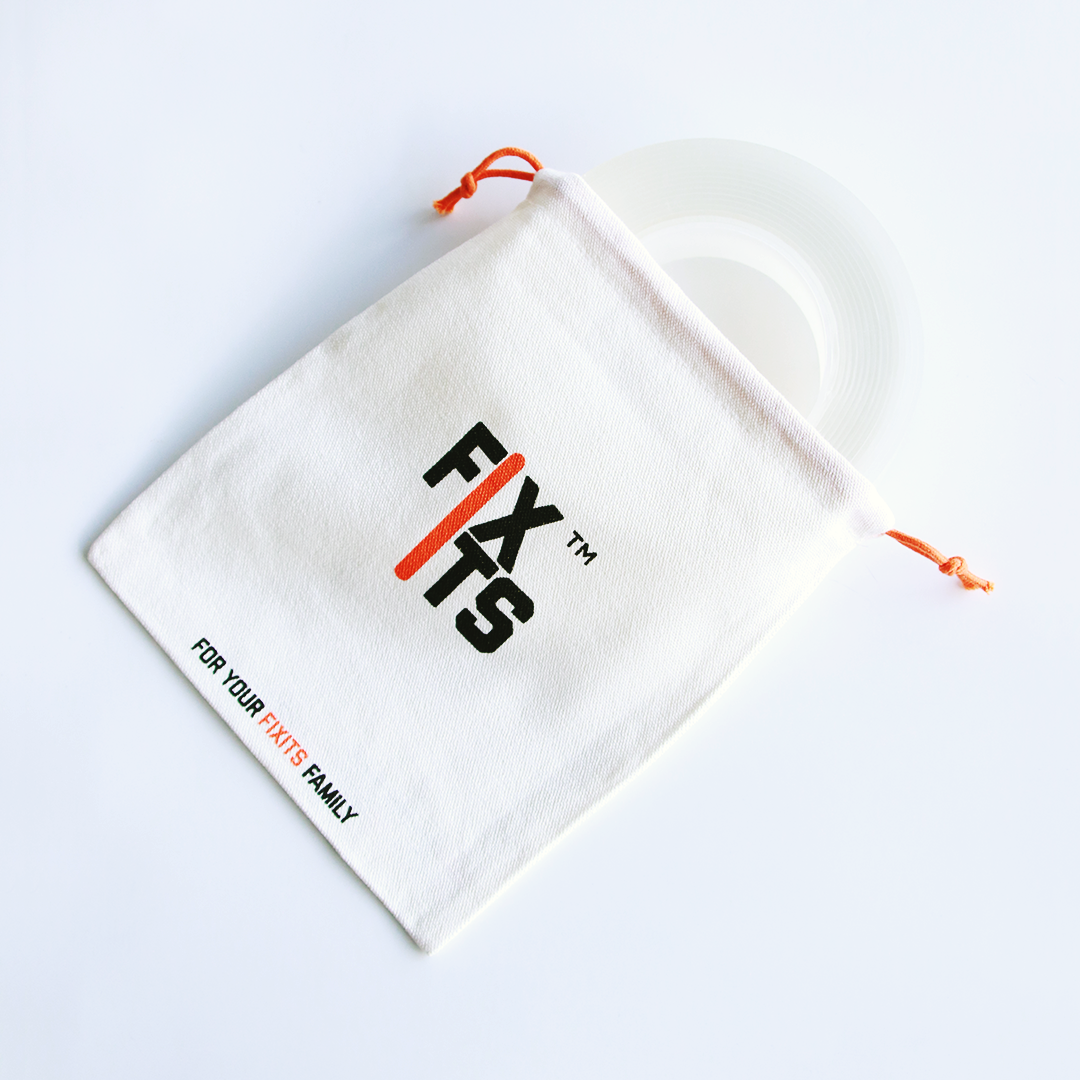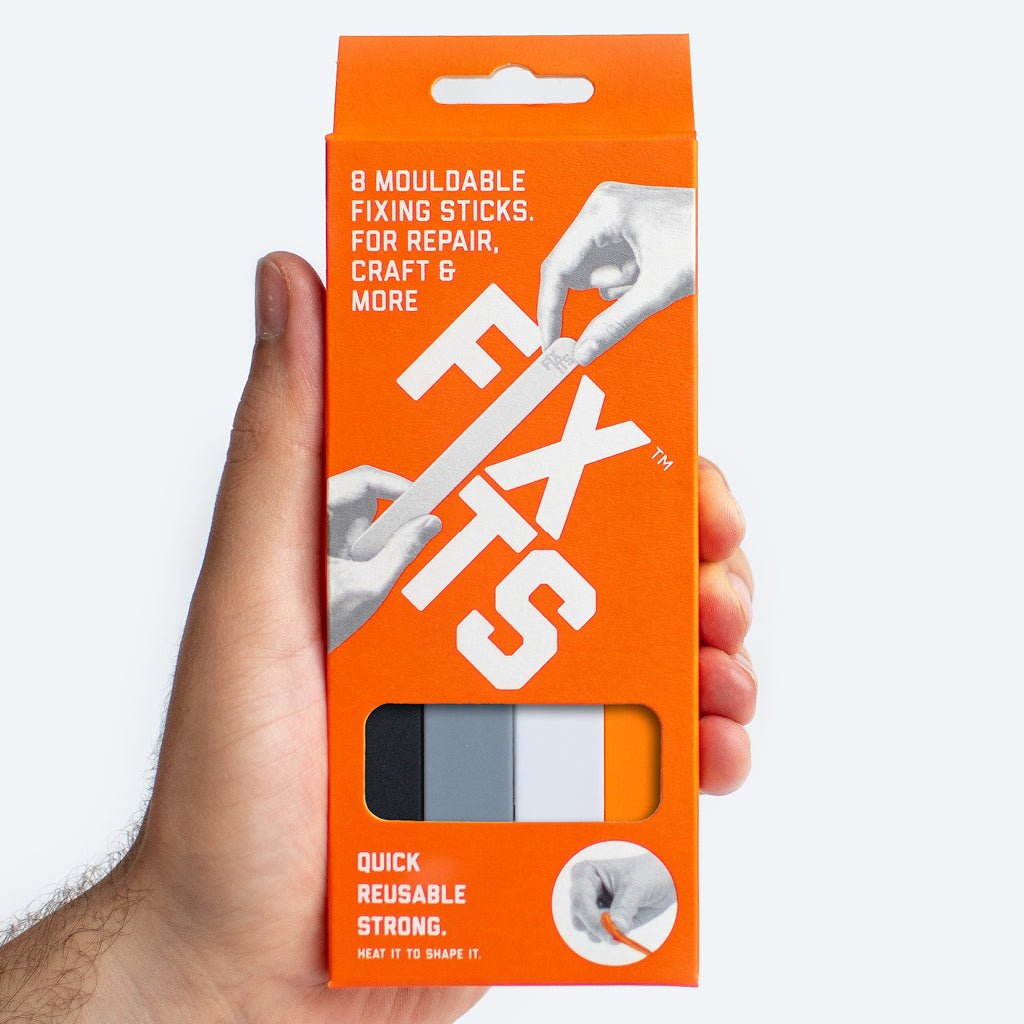I was sitting cross-legged on my living room floor this morning, needle and thread in hand, tackling the crotch of my husband's cycling trousers for the second time (a particularly satisfying mend, I must say), when I popped on today's New York Times podcast. As influencers wailed with over-egged dismay about the end of the £7 mini skirt era, I found myself both chuckling at their theatrical horror and simultaneously feeling the eco-warrior in me bellow a deafening "GOOD!"
As the founder of Buy Me Once, a company dedicated to helping people buy things that last, you might think I'd be purely celebratory about Trump killing the tax loophole for ultra-fast fashion.
And part of me certainly is. But the story is more nuanced than that.
The End of the £7 Mini Skirt Era
For years, we've been living in a rather bonkers reality where clothing arrives from China to American doorsteps quite literally cheaper than a sandwich. As The New York Times' Daily podcast revealed today, this ultra-affordable fashion has been made possible by something called the "de minimis exemption" – essentially Latin for "too small to matter." This loophole allowed packages valued under $800 to enter the US tax-free.
The result? A generation accustomed to what one TikToker called being a "baddie on a budget." Those hauls we've all seen – £1 shirts, £2 shirts, £3 shirts, £5 dresses – created what another shopper brilliantly dubbed "the overconsumption final boss," where people "keep buying the same things just different colours and in different fonts."
But as of this month, that loophole is closed. President Trump has imposed a 54% tariff on these formerly tax-free packages, and prices are already shooting up. As one distressed shopper lamented, "A dress I had in my cart was like $9. It's $18 now...what if I could never get a mini skirt for $7 ever again? Like, I'm scared."
A Tale of Two Perspectives
I find myself in a curious position here. On one hand, I want to do a little jig. The environmental consequences of this disposable fashion model have been catastrophic – millions of packages flying across the world daily, clothes treated as essentially disposable, and an industry that produces nearly one in three garments sold globally.
On the other hand, I empathise deeply with the factory workers in places like Guangjo, China. The podcast described an entire ecosystem – open-air workshops, day labourers, trucks "piled high with rolls of fabric just rocketing down the street" – all now facing uncertainty. One factory owner has already seen orders drop by 20% in anticipation of the change.
And I understand the shoppers too. Not everyone can afford to buy quality upfront, even when it saves money in the long run. The affordability trap is real, and many young people particularly have grown up with no other model of consumption.
Why This Might Be Brilliant News Anyway
But here's where my optimism kicks in. This disruption might just be the reset we need.
First, I've always maintained that we don't need 30 cheap things when we could have three wonderful ones. The American Treasury Secretary Scott Besson echoed this sentiment, noting that "the American dream is not about having access to cheap stuff. It's about prosperity and upward mobility."
Second, this change is prompting conversations about consumption habits that align perfectly with what I've been banging on about for years. As one TikToker wisely put it: "If you are the type to buy a new outfit for every date night, every girl's night out, every vacation – stop. Your last outfits slayed. Wear those again."
And another observed, "If there was ever a time to develop an interest in secondhand fashion, I swear now is the time."
These are exactly the shifts in mindset I've been advocating since I founded Buy Me Once – buying fewer things of better quality, wearing them proudly and repeatedly, and finding joy in curation rather than endless accumulation.
What You Can Do Now (My Cheeky Tips)
So what's a shopper to do in this brave new world of potentially pricier fashion? Here are my thoroughly biased suggestions:
- Do a wardrobe audit – Most of us wear 20% of our clothes 80% of the time. Find your true favourites and note what they have in common. Those are your style signposts.
- Calculate your cost-per-wear – That £7 mini skirt worn twice costs £3.50 per wear. A £70 skirt worn 50 times? Just £1.40 per wear. Maths doesn't lie, my friends.
- Learn basic mending – A simple needle and thread can extend the life of your clothes enormously. I was rubbish at sewing until I realised it would save my favourite jumper. Motivation works wonders!
- Create a "one in, one out" policy – New white trainers? Lovely. Which pair are you donating? This keeps your wardrobe functional rather than bursting.
- Fall in love with what you already own – Try the hanger trick: turn all your hangers backwards, then flip them when you wear something. After six months, you'll see exactly what's gathering dust.
The Great Recalibration
I believe we're witnessing what one podcast contributor called a "reset [of] our relationship with consumption and material goods." Yes, it comes with growing pains, but perhaps what we're really seeing is the market correcting itself after an artificially cheap anomaly.
The true cost of clothing was always higher than what we've been paying – we've just been outsourcing those costs to workers receiving low wages, communities dealing with textile waste, and an environment buckling under our consumption habits.
This recalibration might be just what we need to build a more mindful, intentional relationship with our possessions.
And as someone who's built her entire business around that principle, I can't help but feel that while this may be the end of an era, it might also be the beginning of something much better – a world where we buy less, choose well, and make it last.
Now, if you'll excuse me, I'm off to wear my 10-year-old dress to dinner tonight. It still looks bloody marvellous.
Tara Button is the founder of Buy Me Once, a marketplace helping people find the longest-lasting products on the planet. Her book, "A Life Less Throwaway," explores the joy of breaking free from throwaway culture.

